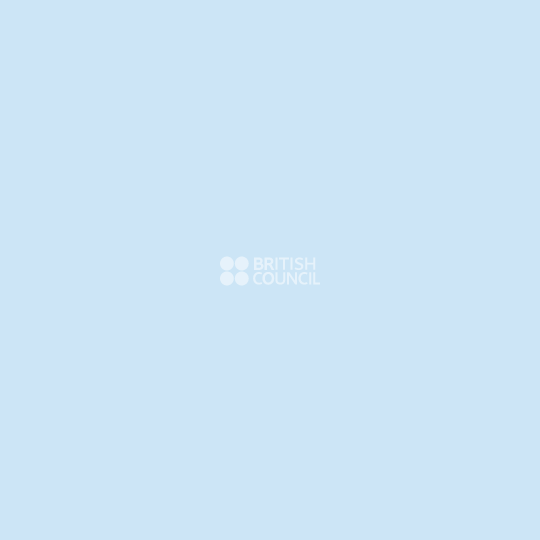British Council Collection

© The Henry Moore Foundation
THREE RECLINING FIGURES 1973
Henry Moore (1898 – 1986)
Details
- Dimension
- 50.8 X 38.5 CM
- Media
- LITHOGRAPH
- Accession number
- P5109
Summary
In complete contrast to the blackness of the Auden prints (P5142-P5160), came the colourful images from the La Poésie album. The idea behind this portfolio was to illustrate a group of French poets chosen by the French President, Georges Pompidou. Moore was again faced with the problem of balancing his illustrations to literary quotations. Luckily for the artist the texts were later in arriving so he went ahead producing the images he wanted with no references to or worries about the accompanying words. He selected familiar themes: ideas for sculpture, stone forms, standing and reclining figures, giving them a spacious almost dreamlike quality. Working with Stanley Jones of the Curwen Studios, Moore developed a new technical process for lithography. Known as diazo lithographs, they were made by drawing onto a thin transparent film with black lithographic ink or some other semi-opaque liquid and then transferring the image to the plate by ultra-violet light; the strength of the image depended on the length of exposure, thereby allowing the image to be made up of a series of tonal layers from one original. For a print such Ideas from a Sketchbook (p5096) Moore drew two films, one for the background and another for the figures. Both films were exposed twice to make four plates. After proofing each plate in monochrome Moore decided on a colour range and the printer provided colour proofs in order to obtain a bon à tirer (the final approved work before the edition is printed). In this case the background was editioned in ochre and light ochre and the figure in grey and brown – a four colour lithograph from four plates. The portfolio was printed in an edition of 40 and published by Art et Poésie, Paris.
Glossary
-
Drawing
The depiction of shapes and forms on a flat surface chiefly by means of lines although colour and shading may also be included. Materials most commonly used are pencil, ink, crayon, charcoal, chalk and pastel, although other materials, including paint, can be used in combination.
-
Edition
All copies of a book, print, portfolio, sculpture, etc., issued or produced at one time or from a single set of type. Printed works can be made in an edition of between one and many thousands of copies. With most printing techniques the plate or screen will become worn if very many prints are made, so to maintain quality (and exclusivity) editions of original prints are usually kept below one hundred copies and normally average between thirty and fifty copies. Prints made up of several different plates can be extremely complicated and time-consuming to edition, so in these cases editions are kept low for practical reasons. Sculptural editions are a set of cast sculptures taken from the same mould or master. These editions are usually much lower, consisting of no more than six casts. Though each cast in an edition might have a lower value than a unique piece, it may be a more effective way of offsetting costs of an expensive process such as bronze casting.
-
Film
A transparent, flexible plastic material, usually of cellulose acetate or polyester, on which light-sensitive emulsion is coated, or on which an image can be formed by various transfer processes.
-
Lithography
Lithography means, literally, stone drawing. In addition to fine grain lithographic stones, metal plates can also be used for lithography. The method relies on the fact that grease repels water. An image is drawn in a greasy medium onto the stone or plate, which is then dampened with water. Greasy printing ink rolled onto that surface will adhere to the design but be repelled by the damp area. The inked image is transferred to the paper via a press. For large editions, the grease is chemically fixed to the stone, and gum arabic, which repels any further grease marks but does not repel water, is applied to the rest of the surface. For colour lithography the artist uses a separate stone or plate for each colour required.
-
Portfolio
A set of pictures (as drawings, photographs or prints) either bound in book form or loose in a folder. These can be by the same artist or individual works by a selection of artists. The term also refers to the folder which holds the set.
-
Sculpture
A three-dimensional work of art. Such works may be carved, modelled, constructed, or cast. Sculptures can also be described as assemblage, in the round, relief, and made in a huge variety of media. Contemporary practice also includes live elements, as in Gilbert & George 'Living Sculpture' as well as broadcast work, radio or sound sculpture.
